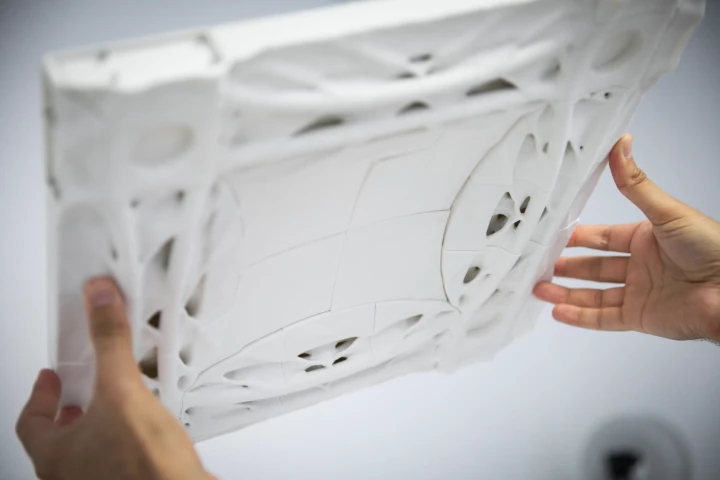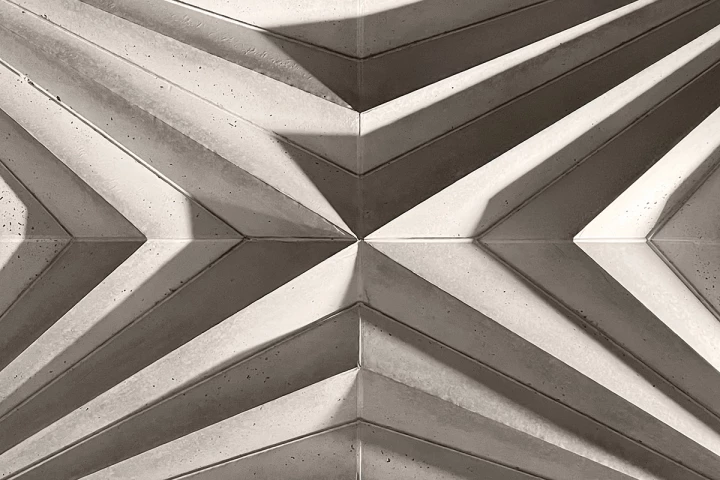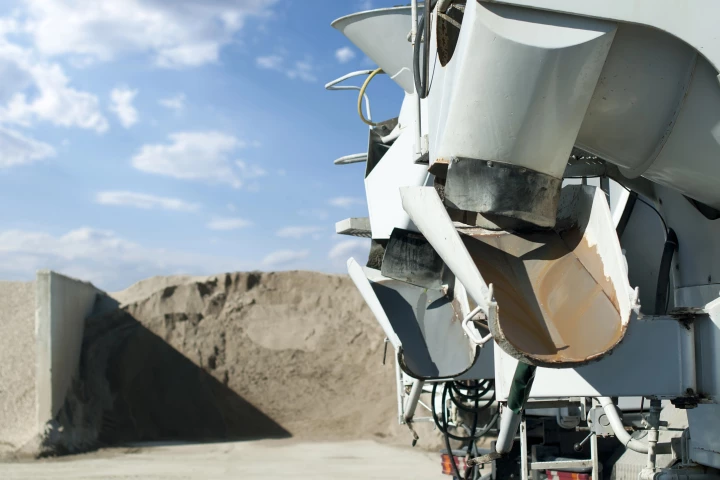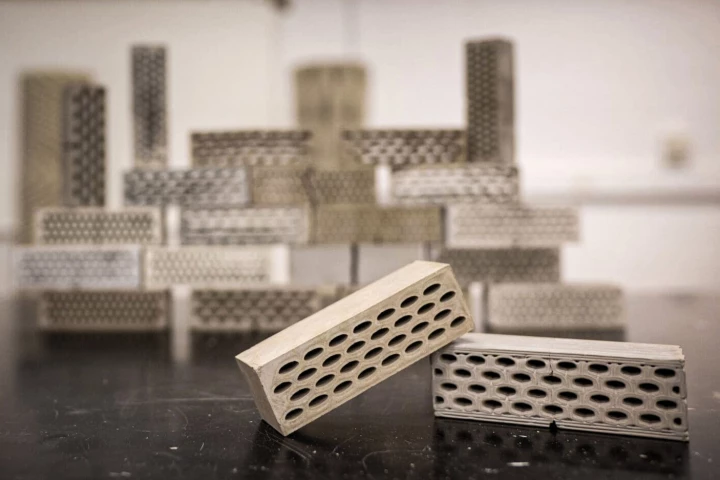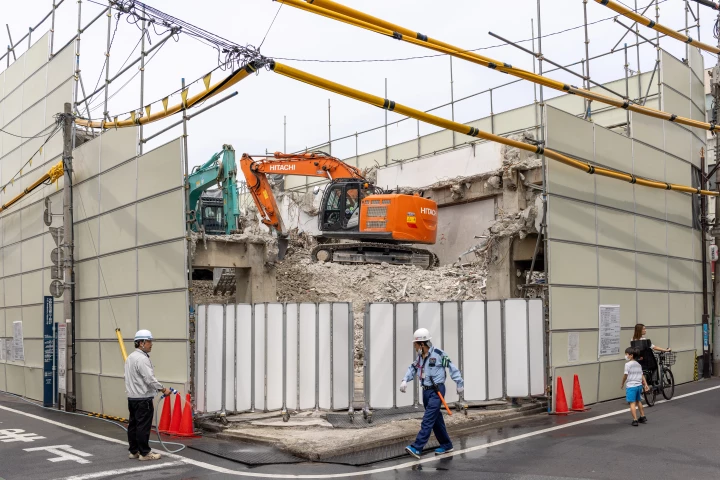Concrete
-
Using intricate geometry found in nature and refined through aerospace and biomedical design, scientists have now 3D-printed these forms into concrete to boost strength and capture carbon – creating a scalable material that benefits people and planet.
-
Using more sludge and less slag in their recipe, researchers were able to create a material that's stronger than even today's enhanced cements and highly resistant to corrosion by acid. It could solve a serious problem facing sewer pipes worldwide.
-
Engineers from Montana State University have developed a building material using the root-like mycelium network of a fungus. It's the first time fungal mycelium has been tested as a scaffold for living materials.
-
Researchers have found a way to take waste concrete from demolition sites and turn it into fresh new concrete that has a strength not seen before from such a product. The breakthrough could lead to significant emissions reductions in the building sector.
-
This strange white paste might not look like much, but it could not only solve the sand shortage, but make the cement manufacturing process absorb carbon dioxide instead of emitting it. Scientists grew this stuff out of seawater, electricity and CO2.
-
A reusable formwork design for molding concrete into vaulted floors using sophisticated structural geometry uses 60% less concrete and 90% less steel compared to traditional methods. It's also inexpensive and doesn't require special skills.
-
Situated in Yangpo Village atop the Gaoligong Mountains, the Nujiang Grand Canyon Bookstore blends contemporary architecture with nature. Offering panoramic views of the Nujiang River, the innovative project connects modern design with local heritage.
-
When most of us think of freshly poured concrete, we picture a material that should be left to dry as smooth as possible. A new robot drives right over the stuff, however, gouging its surface to make structures stronger yet also cheaper to build.
-
Researchers at UCLA have successfully devised a way to produce cement with 98% less CO2 emissions than traditional methods. The team achieved this by decomposing limestone to access calcium oxide (aka lime) without releasing carbon dioxide.
-
A new type of carbon-neutral concrete has been commercially used for the first time, in a skyscraper being built in Manhattan. The binder utilized in the concrete is made of granite instead of traditional greenhouse-gas-emitting limestone cement.
-
A pair of Princeton engineers have developed a new kind of concrete that promises more than 5 times the damage resistance of the usual stuff, by poking holes in its structure.
-
Back in 2021, researchers came up with a recipe for greener concrete that had building waste and CO2 among its ingredients. Now the same team has used rubble from a demolished school and the greenhouse gas to produce bricks to build new structures.
Load More
